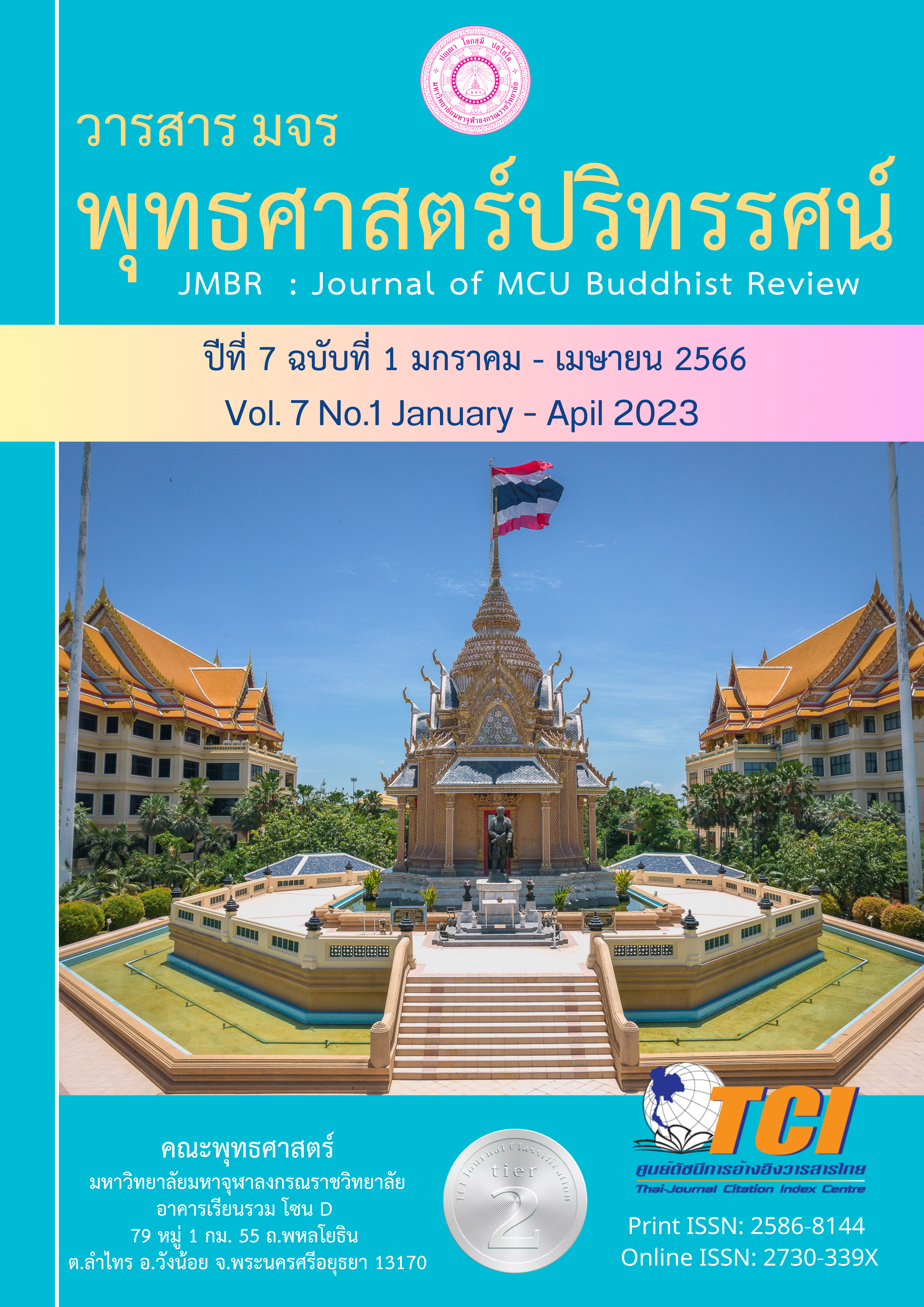การพัฒนาแอพพลิเคชั่นในการจัดการเรียนรู้และการจัดการสิ่งแวดล้อม และแหล่งโบราณคดีในจังหวัดหนองคาย
Main Article Content
บทคัดย่อ
บทความวิจัยมีวัตถุประสงค์ 3 ประการ 1) เพื่อศึกษาแนวทางการสร้างแอพพลิเคชั่น 2) เพื่อการพัฒนาและใช้แอพพลิเคชั่นในการเข้าถึงสิ่งแวดล้อมและแหล่งโบราณคดีในจังหวัดหนองคาย 3) เพื่อศึกษาคุณค่าของพัฒนาแอพพลิเคชั่นในการจัดการเรียนรู้สิ่งแวดล้อมและแหล่งโบราณคดีในจังหวัดหนองคาย เป็นการวิจัยเชิงคุณภาพใช้กระบวนการวิจัยเชิงปฏิบัติการ เน้นการศึกษาวิเคราะห์ทั้งในเชิงพื้นที่และกลุ่มเป้าหมาย ถอดบทเรียนและการบูรณาการข้อมูลที่ได้จากการสัมภาษณ์ การสังเกต และการปฏิบัติการร่วมกันโดยใช้กระบวนการตามวงจรเดมมิง (PDCA)
ผลการวิจัยพบว่า 1) แนวคิดการสร้างและพัฒนาแอพพลิเคชันนั้นเป็นเรื่องืที่เกี่ยวข้องกับแนวคิดเรื่องของ (1.1) สมาร์ทโฟน หรือโทรศัพท์มือถือ (1.2) โปรแกรมการสร้างแอพพลิเคชั่น จะต้องมีการพัฒนาโปรแกรมให้เท่าทันการพัฒนาของสมาร์ทโฟน หรือโทรศัพท์มือถือ 2) ในการศึกษาเกี่ยวกับผังสิ่งแวดล้อมและแหล่งโบราณคดีในจังหวัดหนองคายจำเป็นจะต้องมีการพัฒนาแอพพลิเคชั่นและนำมาใช้เพื่อให้เกิดการเข้าถึงแหล่งโบราณคดีได้ 3) ในการพัฒนาแอพพลิเคชั่นเป็นสิ่งที่ก่อให้เกิดคุณค่าในการเข้าถึง และการจัดการซึ่งสามารถนำเอาแหล่งโบราณคดีทั้งหมดในพื้นที่ศึกษามาไว้ในโทรศัพท์เพียงเครื่องเดียวได้
Article Details

อนุญาตภายใต้เงื่อนไข Creative Commons Attribution-NonCommercial-NoDerivatives 4.0 International License.
- บทความที่ได้รับการตีพิมพ์เป็นลิขสิทธิ์ของวารสาร มจร พุทธศาสตร์ปริทรรศน์
- ข้อความใดๆ ที่ปรากฎในบทความที่ได้รับการตีพิมพ์ในวารสาร ถือเป็นความรับผิดชอบของผู้เขียนบทความ และข้อคิดเห็นนั้นไม่ถือว่าเป็นทัศนะและความรับผิดชอบของกองบรรณาธิการวารสาร มจร พุทธศาสตร์ปริทรรศน์
เอกสารอ้างอิง
กิติมา สุรสนธิ. ความรู้ทางการสื่อสาร. พิมพ์ครั้งที่ 3. คณะวารสารศาสตร์และสื่อสารมวลชน. กรุงเทพฯ: มหาวิทยาลัยธรรมศาสตร์. 2537.
จารึกในประเทศไทย ศูนย์มานุษยวิทยาสิรินทร. จารึกพ่อขุนรามคำแหง ด้านที่ 4. [ออนไลน์]. สืบค้น 12 กุมภาพันธ์ 2562 จาก http://www.sac.or.th/databases/inscriptions/inscribe_image_detail. php?id=51
พระธรรมปิฎก (ป.อ. ปยุตโต). (2540). พระพุทธศาสนาในอาเซีย. กรุงเทพฯ: ธรรมสภา.
พระพรหมคุณาภรณ์ (ป.อ. ปยุตฺโต). (2554). พจนานุกรมพุทธศาสน์ ฉบับประมวลศัพท์. พิมพ์ครั้งที่ 16 กรุงเทพฯ: สหธรรมิก.
มหาจุฬาลงกรณราชวิทยาลัย. (2539). พระไตรปิฎกภาษาไทย ฉบับมหาจุฬาลงกรณราชวิทยาลัย. กรุงเทพฯ: มหาวิทยาลัยมหาจุฬาลงกรณราชวิทยาลัย.
มหามกุฏราชวิทยาลัย. (2532). วิสุทธิมรรคแปล ภาค 3. กรุงเทพฯ: มหามกุฏราชวิทยาลัย.
เสถียร โพธินันทะ. (2535). ประวัติศาสตร์พระพุทธศาสนา. กรุงเทพฯ: มหามกุฏราชวิทยาลัย.
Boyd. D. M.. & Ellison. N. B (2007). Social Network Sites: SNS. Definition. History and Scholarship. Journal of Computer-Mediated Communication. 13 (1). Retrieved 10 November 2021 http://jcmc.indiana.edu/vol13/issue1/boyd.ellison.html
Social Networks and Internet Connectivity Effects. (2005). Information. Communication and Society. 8 (2), 125-147.
Trampedach. T. (2008). Intro to Social Networking. Retrieved 25 November 2021 from http://www.edidaktik.at/fachtagung08/trampedach_intro-to-socialnetworking.pdf.


